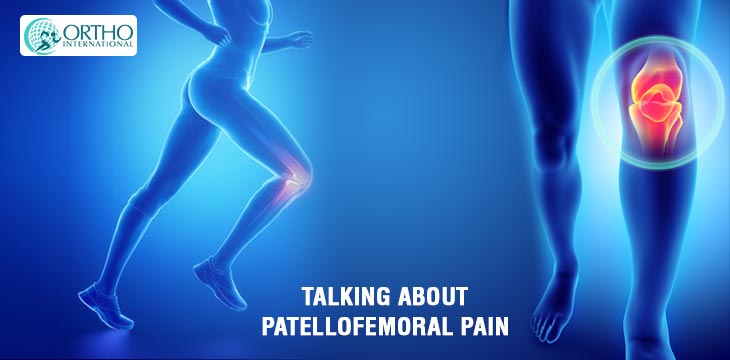From professionals to working adults of all ages, patellofemoral pain can influence all of us. This pain arises in the front of the knee, often during exercises that involve sprinting or jumping, which is why it’s seldom called runner’s crook.
The general term “patellofemoral pain syndrome” is often cited as a particular diagnosis, but it has never been precisely defined. It is not a judgment as per seen. To expedite the arrival at a precise diagnosis, we classify anterior knee pain into conditions about the patella proper, conditions of the peripatellar soft tissues and fitness altogether unrelated immediately to the extensor mechanism.
Due to its persistently universal use, the so-called patellofemoral syndrome permits renewed discussion. The term “patellofemoral pain syndrome” is not so much a determination as an amalgam of diverse diagnostics with similar presenting symptoms
The Reason Why Patellofemoral Pain Arises
Patellofemoral injury is one of the most prevalent afflictions seen by orthopedic and sports medicine providers. Furthermore, it’s also one of the most challenging and frustrating situations to control because the pain will typically remain to develop unless the underlying determinants are fixed. Some factors that can add to this pain are muscle irregularities, especially in the quadriceps muscles at the front of the thigh, overuse due to level and/or frequency of action and diminished flexibility and problems with the alignment of the legs between the hips and the ankles.
Patellofemoral pain syndrome is, in reality, an umbrella phrase incorporating diverse conditions, making it unprofitable to offer general treatment choices for PFPS. It ends up on the orthopedist to make as a specific diagnosis as possible.
There are various reasons why a person may have patellofemoral pain. The kinematics of the knee can be modified, which points to generate pain generators. The variation in kinematics can include patellar maltracking or patellar uncertainty. These issues can then point to further problems such as patellar tendinopathy, fat pad soreness, patellofemoral chondral injury, and even patellofemoral Arthritis. Patellar morphology normal vs abnormal patellar height, enlarged/inflamed plicae or Osgood Schlatter’s ossicles can all exhibit anterior knee pain. The analysis of the above can be validated with different types of imaging.
Different Types Of Imaging
The underlying elements of patellofemoral pain can be determined with the use of relevant imaging. The consultants at Indian Sports Orthopedic use X-ray, MRI, ultrasound, and CT. Skyline X-ray pictures of the patella confirm the position of the patella in the trochlear depression in early flexion and can show potential maltracking. The sulcus edge and the congruence angle can be estimated via X-ray to quantify the status of the patella in the femoral groove. Moreover, the shape of the patella can be observed and analyzed via the Wiburg division. Patellar height is also marked with the Blackburne-Peel index. This furnishes important information about the bone morphology and the location of the patella.
What Does A Rehabilitation Plan Look Like?
It’s crucial to take time to talk to an accomplished sports medicine clinician who can recognize adding factors. They can then further create a complete plan of care that’s right for the victim. if we look at the typical plan to relieve patellofemoral pain, it will consist of the hip, core, gluteal and quadriceps strengthening, neuromuscular retraining, motion modifications and patient training with strict adherence to the recovery program.
Reference
If you are looking for the best rehab physiotherapy specialist in Delhi, please consult Dr. Abhishek Mishra who has 17 years of rich experience and expertise in treating various sports and rehab related procedures.
